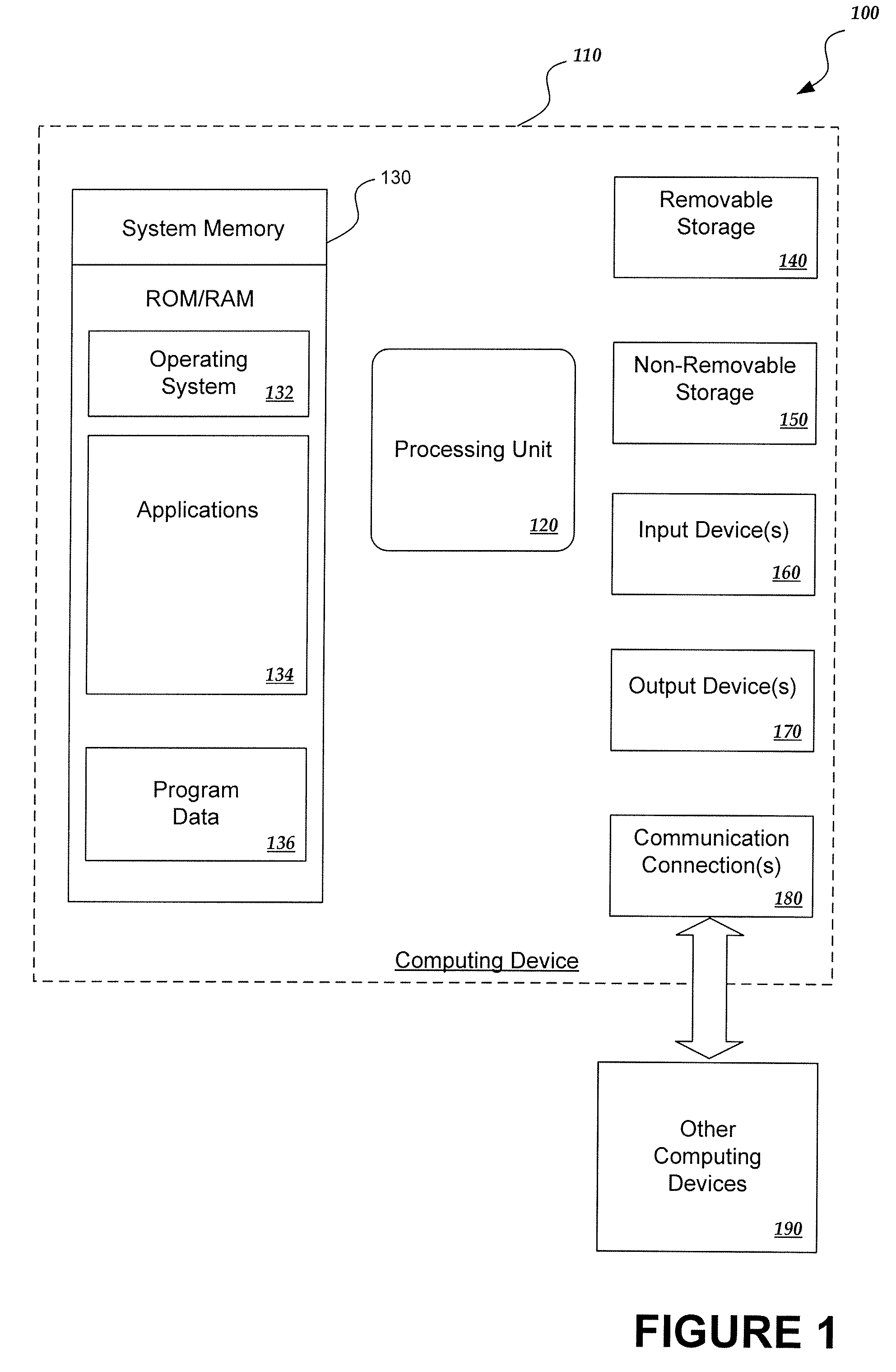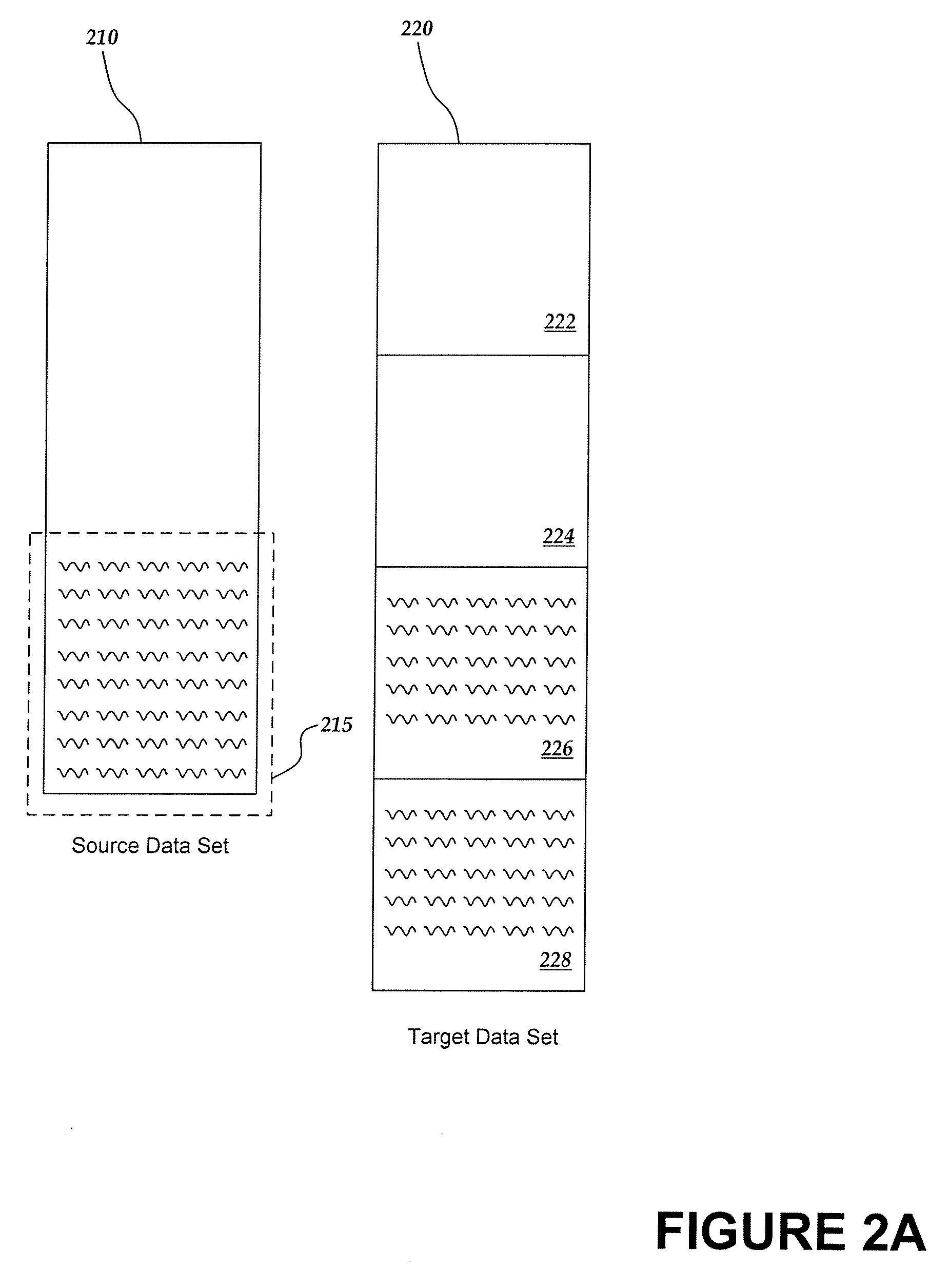Comparing data sets through identification of matching blocks
- Summary
- Abstract
- Description
- Claims
- Application Information
AI Technical Summary
Benefits of technology
Problems solved by technology
Method used
Image
Examples
Embodiment Construction
[0018]This detailed description describes implementations of a system for identifying differences and similarities between a source data set and a target data set, and for creating a corresponding difference set. Generally, source and target data sets are received. The target data set is divided into blocks. To compare the two data sets, the target data blocks for which an exact copy of their content is located within the source data set are first identified. The differences between the remaining target data blocks and the source data set are then identified by executing a longest subsequence matching process. By first identifying the target blocks that are fully duplicated in the source data set, the execution of a longest subsequence matching process on those blocks is avoided and computation time is thereby reduced. In some implementations a difference set that indicates the identified differences and similarities between the target data set and the source data set is also create...
PUM
 Login to View More
Login to View More Abstract
Description
Claims
Application Information
 Login to View More
Login to View More - R&D
- Intellectual Property
- Life Sciences
- Materials
- Tech Scout
- Unparalleled Data Quality
- Higher Quality Content
- 60% Fewer Hallucinations
Browse by: Latest US Patents, China's latest patents, Technical Efficacy Thesaurus, Application Domain, Technology Topic, Popular Technical Reports.
© 2025 PatSnap. All rights reserved.Legal|Privacy policy|Modern Slavery Act Transparency Statement|Sitemap|About US| Contact US: help@patsnap.com



